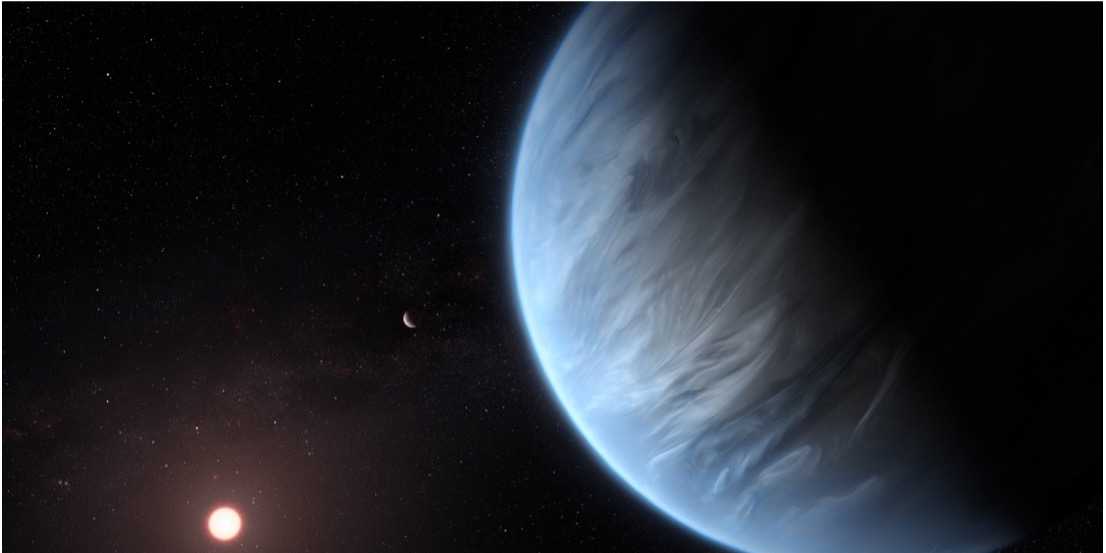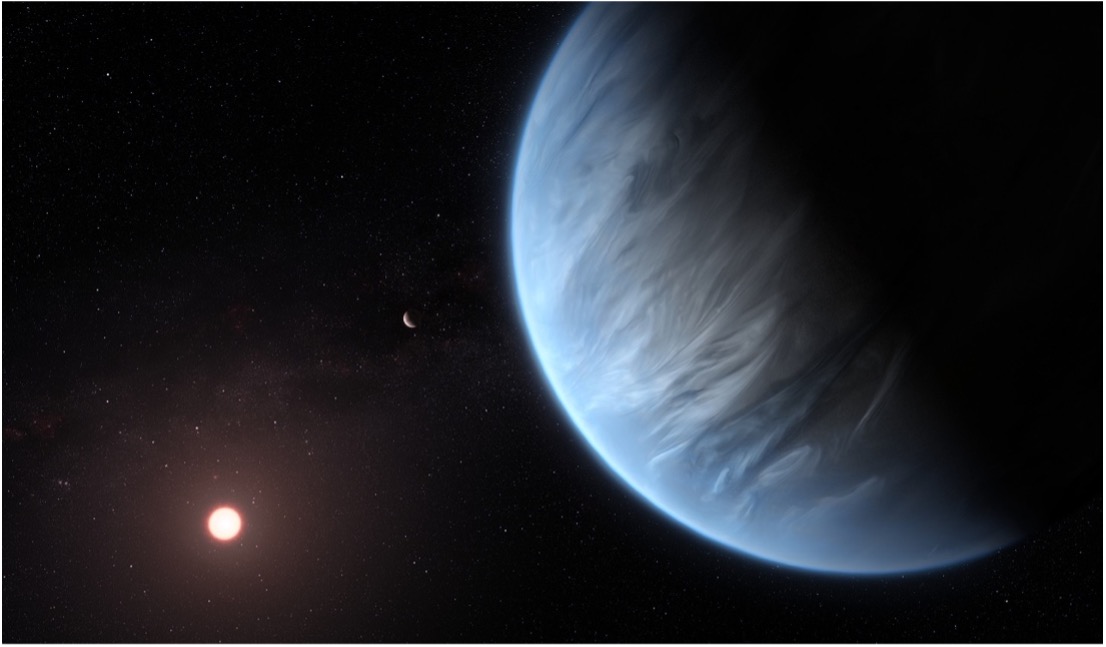Origins Federation – A gathering of minds
Researchers from the Centre for Origin and Prevalence of Life at ETH Zurich emerge from the inaugural conference of the Origins Federation with insightful perspectives about ongoing research on life in our Universe.

By Craig Walton, NOMIS–ETH Fellow, and Mathias Beck, Scientific Programme Manager.
From the first signs of habitable and inhabited worlds to the future of space exploration, to unveiling Earth’s deep crustal biology, and finally to the tantalising proximity of a geochemical synthesis of primitive life, the quest for Life in the Universe is thriving.
Scientists from around the world gathered this week at Harvard University for the inaugural Science Conference of the Origins Federation, a partnership between Federation ETH Zurich, Harvard University, University of Cambridge, and the University of Chicago. The inaugural meeting was embedded in the second Life in the Universe conference which unveiled major advances in the study of the origins and prevalence of life in our universe.
Are we alone in the Universe?
In an outstanding presentation, ETH Zurich professor, Sascha Quanz outlined a future space mission called, “LIFE”. The technology for the LIFE space mission is based on an innovative approach for interferometry (a way of measuring the occurrence of interference of light, radio, or sound waves) in space. Using a formation of 5 individual space telescopes flying in a controlled pattern, researchers can align them to act like one truly giant space telescope. This idea has the potential to utterly transform our ability to remotely characterise potentially habitable exoplanets, such as those now being identified by the James Webb Space Telescope (JWST). In other words, while JWST now seems likely in the coming years to offer us tantalising possible glimpses of life, the LIFE space mission could become the technological moment that humanity needs, in order to know for certain if we have finally discovered cosmic neighbours.
How did life on Earth originate?

Cara Magnabosco, a professor of Geobiology at ETH Zurich inspired a deep dive into the distribution of extremophile or microscopic organisms living deep within the Earth. She made a strong case that the most abundant organisms of life beyond Earth are likely to reside in planetary crustal rocks. Indeed, Earth’s crust is a giant reservoir of extremophile organisms, which will survive for long after the rest of the planet eventually becomes uninhabitable – whether due to freezing cold, boiling heat, or scorching radiation. The crust is almost impervious to these distractions. Life on Mars, if it ever existed, is likely to remain active to this day in deep crustal rocks. Similar arguments can be made for the refugia of life on other planets less hospitable than our own.
An exoplanet with a liquid surface layer
Professor Nikku Madhusudha, an astronomer from Cambridge revealed new results from the James Webb Space Telescope (JWST). He showcased the likely discovery of the first exoplanet with a liquid surface layer. If confirmed, this in and of itself would be a startling leap forward in the search for extra-terrestrial life.

The Cambridge team also identified (tentatively) the compound, dimethyl sulphide (DMS) in the atmosphere of a distant world referred to as K12-18b, a so-called ‘Hycean’ (hydrogen atmosphere, surface ocean) world that is estimated to lie about 100 light years away from Earth. DMS is only known to be produced in nature by biological activity and may, therefore, indicate the presence of life on K12-18b. Future work will confirm whether, or not, these findings are robust. Either way, data such as this clearly usher in a bold new era for science, and the whole of humankind.
The Centre for the Origin and Prevalence of Life (COPL) at ETH Zurich built on this staggering headline result in a timely panel discussion led by Professor and Nobel Laureate, Didier Queloz on the future of exoplanetary science. He explored profound questions that we will soon have to contend with directly such as: 'What is life?'; 'How different can it be from terrestrial biology?'; and, 'How can we ever be certain of its apparent activity on a distant planet?'
Related ETH Zurich articles
Humanity’s quest to discover the origins of life in the universe